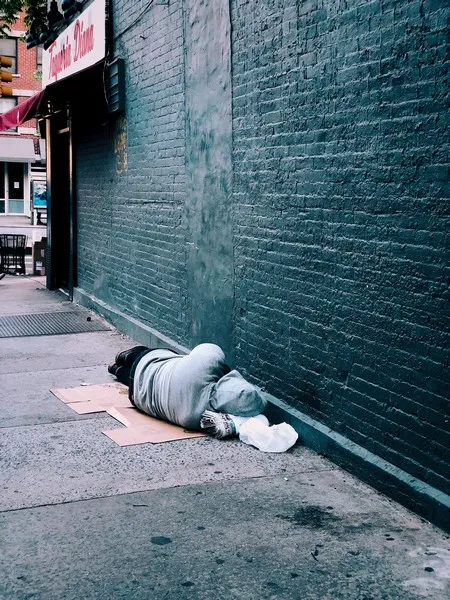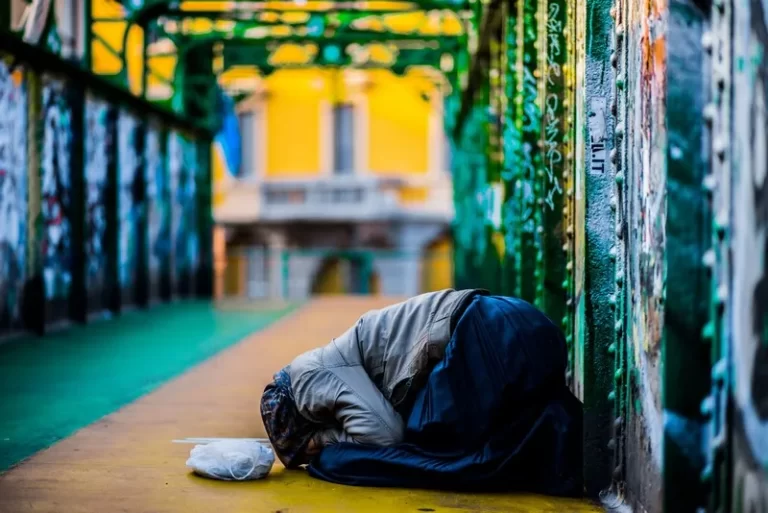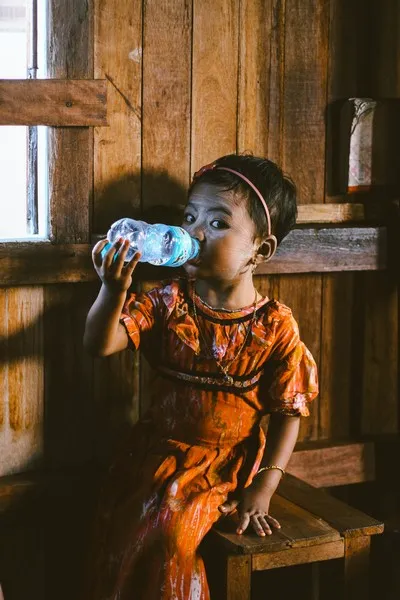Table of Contents
- Understanding the Concept of Poverty Traps
- Structural Factors Creating and Sustaining Poverty Traps
- Cultural and Symbolic Dimensions of Poverty
- Social Policy and Interventions
- The Role of Education
- Breaking Poverty Traps: A Multifaceted Approach
- Conclusion
Poverty traps refer to the self-reinforcing mechanisms through which individuals, families, or entire communities find themselves stuck in cycles of poverty across generations. From a sociological perspective, these traps are not solely caused by personal failure or a lack of effort, but rather by the complex interplay of structural, cultural, and economic factors that limit upward social mobility. This article explores the concept of poverty traps, delving into the reasons they persist, the structural barriers that enforce them, and the possible routes for breaking free from these cycles. By examining the role of institutions, education, cultural norms, and social policies, we gain a deeper understanding of how to dismantle the barriers that keep people locked into states of economic and social marginalization. Understanding poverty traps is not just a scholarly concern; it has profound implications for policy-making, social justice, and the future prosperity of societies around the world.
Understanding the Concept of Poverty Traps
At its core, a poverty trap is a situation in which a lack of resources prevents an individual or group from making the investments—whether in education, business ventures, or personal development—needed to improve their socioeconomic standing. This situation is cyclical: because people have few opportunities to build wealth or accrue capital, they remain vulnerable to external shocks like economic recessions, health crises, and natural disasters. When these shocks occur, they lose what little assets or progress they might have achieved, perpetuating a vicious cycle. In an ideal system, mobility should allow individuals to improve their economic status through merit, innovation, and determination. Yet, for those ensnared in poverty traps, the structural constraints are so strong that exit pathways remain elusive.
Historical Perspective
Historically, the formation of poverty traps can often be traced back to periods of colonialism, forced migration, or major economic transitions—events that left certain populations at a disadvantage. Societies structured by entrenched social hierarchies and discriminatory practices systematically limit access to capital, education, and political representation for specific groups. Over time, these excluded groups pass down their lack of assets and limited horizons to subsequent generations. The sociological significance of this perspective lies in understanding that poverty is not merely a contemporary predicament; it has deep historical roots that shape current realities.
Intersectionality and Poverty
Poverty does not manifest uniformly across all social groups. Intersectionality—a concept emphasizing how race, gender, class, and other social categories intersect—reveals how some individuals face layers of disadvantage. A low-income woman from a marginalized ethnic group, for example, may experience a different, often more severe, form of poverty trap than a low-income man from a majority ethnic group. The compound effects of racism, patriarchy, and economic exploitation create social environments where improvement is extraordinarily difficult. Intersectionality thus compels us to look at poverty traps through multiple lenses, ensuring we recognize the specific obstacles and lived experiences of various communities.
Structural Factors Creating and Sustaining Poverty Traps
Sociologists emphasize structural factors—broad, systemic conditions that transcend individual choice or behavior—as the primary engines driving the formation of poverty traps. These factors may include the nature of labor markets, governance structures, social policies, and even global economic trends.
Inequality in Access to Resources
One of the most direct structural barriers to escaping poverty is unequal access to essential resources such as education, healthcare, and affordable credit. In many countries, quality education is heavily dependent on family income and residential location. Poor neighborhoods often have underfunded schools, fewer extracurricular programs, and limited technological resources. A child from a wealthy household may have access to advanced tutoring, specialized clubs, and an environment that fosters high academic achievement, while a child from a poor neighborhood struggles in an under-resourced school system. The disparity in educational outcomes then translates into different levels of employability and income potential.
Similarly, healthcare disparities can lock families into cycles of poverty when preventable illnesses or medical debts derail upward mobility. When affordable health care is scarce, individuals may be forced to choose between seeking medical help or keeping up with daily living expenses. Chronic illnesses and high medical costs can drain limited resources, preventing families from investing in long-term economic opportunities.
Labor Market Segmentation
Labor market segmentation refers to the division of the labor market into distinct sub-markets or sectors, each with its own rules, wages, and opportunities for advancement. The primary sector typically offers better wages, job security, and career progression. The secondary sector, on the other hand, is characterized by low wages, scarce benefits, and minimal job security. Those trapped in poverty often find themselves relegated to secondary-sector jobs, making it difficult to accumulate savings or gain the skills necessary to move into more stable and better-paying positions. This segmentation becomes a structural poverty trap as people in precarious jobs often lack opportunities to invest in education or vocational training. Their low earnings reduce their ability to handle emergencies, let alone make meaningful investments in upward mobility.
Political and Institutional Barriers
Political and institutional factors also play a role in creating and perpetuating poverty traps. Where corruption or nepotism is rampant, resources and opportunities are often distributed based on political or social connections rather than merit or need. Public funds that could be spent on education, healthcare, or infrastructural development may be siphoned off for personal enrichment or used to maintain political patronage networks. This inequitable distribution of public resources hinders social progress and actively contributes to the maintenance of poverty traps.
Moreover, when political representation is skewed and does not accurately reflect the diversity of the population, policies are less likely to address the concerns of marginalized communities. Without a seat at the table, marginalized groups may struggle to advocate for reforms such as equal funding for schools, affordable healthcare, or job creation programs, further entrenching their economic vulnerabilities.
Cultural and Symbolic Dimensions of Poverty
While structural factors are fundamental, cultural and symbolic dimensions also influence poverty traps. Culture can sustain or challenge the norms that underpin systemic inequalities, shaping the way communities and individuals understand poverty, work, and success.
Social Stigma and Internalized Oppression
Get the full article AD FREE. Join now for full access to all premium articles.
View Plans & Subscribe Already a member? Log in.





